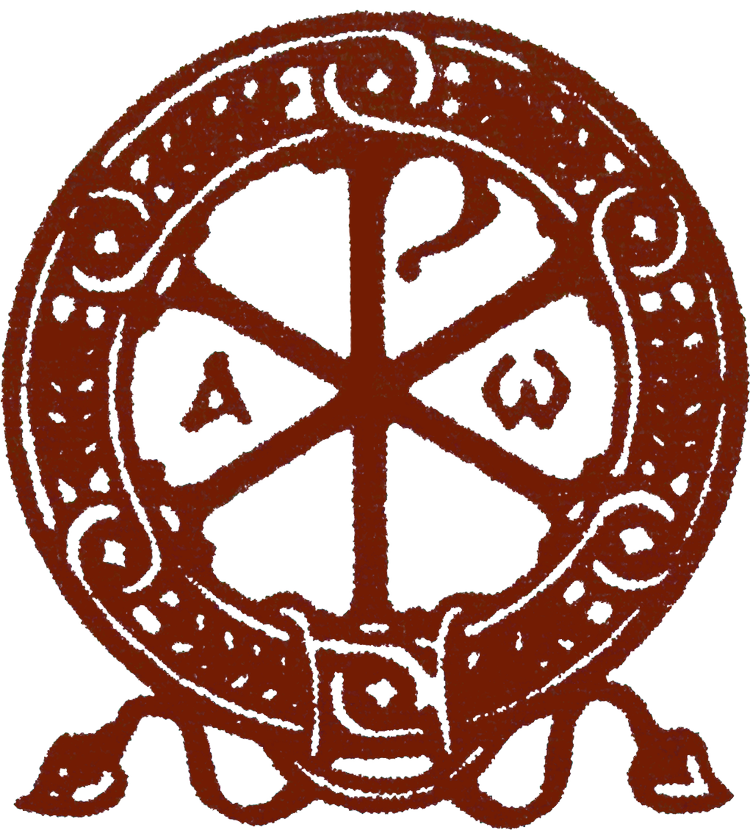BYZANTINE ART STUDIO
We specialize in Byzantine Iconography and complete decoration of the Orthodox and Eastern rite (Byzantine) Catholic churches:
Traditional Orthodox Byzantine iconography of all Byzantine and Slavic classical styles: Greco-Byzantine iconography, Russian iconography, Serbian iconographic style etc.
We offer for Churches: Murals, Mosaic, Frescoes or Secco, Icons, Iconostases, Gold leafing, Stained glass, etc.
Manuscript illuminations and illustrations.
Coat of arms.
Professional photography and ecclesiastical artifacts appraisal.
Slide show/video of some of the work by our Byzantine icon studio you can see here: SLIDESHOW
For the full list of services offered by our Byzantine Icon studio please visit:
www.iconpaintingstudio.com/
Icon painting and Gold leafing workshops / master classes.
Please visit our icon-painting classes info:
Icon Workshops
Welcome to the world of Byzantine Iconography !
Byzantine Iconography – is the oldest and only Christian art form survived unchanged for the past 2000 years.
The term 'icon' - icona, ikona, икона (Russian) comes from the Greek word eikona (εἰκών, eikōn, ) which simply means image. The Eastern Orthodox believe that the first icons of Christ and the Virgin Mary were painted by St. Luke the Evangelist.
Byzantine icons i.e. : Russian icons, Greek icons, Serbian icons etc. - are filled with symbolism designed to convey information about the person or event depicted. For this reason, icons tend to be formulaic, following a prescribed methodology for how a particular person should be depicted, including hair style, body position, clothing, and background details.
Icon painting, in general, is not an opportunity for artistic expression, though each iconographer brings a vision to the piece. It is far more common for an icon to be copied from an older model, though with the recognition of a new saint in the church, a new icon must be created and approved.
Today icons are used particularly among Eastern Orthodox , Oriental Orthodox, Copticand Byzantine Catholic Churches .
The Eastern Orthodox teaching regarding veneration of icons is that the praise and veneration shown to the icon passes over to the archetype (Basil of Caesarea, On the Holy Spirit 18:45: "The honor paid to the image passes to the prototype"). Thus to kiss an icon of Christ, in the Eastern Orthodox view, is to show love towards Christ Jesus himself, not mere wood and paint making up the physical substance of the icon.
In Orthodox and Eastern rite ( Byzantine ) Catholic churches, the naveis typically separated from the sanctuary by an iconostasis(Russian: ikonostas)
also called the templon - a wall of iconsand religious paintings. Iconostasis also refers to a portable icon stand that can be placed anywhere within a church.
Many Orthodox and Eastern Catholic religious homes have icons hanging on the wall or in the Icon corner.











